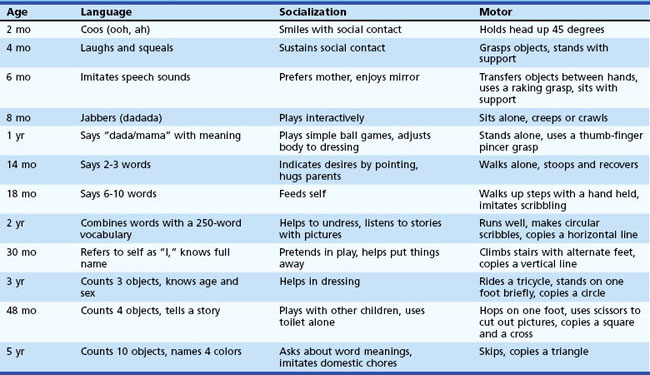Lesson 7: Speech and Language Observation
Attention

Learning Outcomes
Upon completion of this lesson's material, students will be able
- Demonstrate competence in completing a speech and language checklist.
- Use resources to provide children with language activities.
- Recognize and document speech and language milestones.
- Connect the observation to the appropriate MELDS.
Teaching
Read Chapter 6 in Week by Week
Children develop language skills rapidly. Receptive language (the ability to receive and understand words and expressions) is acquired first, as infants are able to understand what is being said to them before they can speak. Expressive language (the ability to express oneself with speech or gestures) comes later, but is learned at a fast pace with the average 4 year old child being able to say 2500-5000 words.
Early experiences with language shape a child’s development. We know that children who are stimulated with language experiences such as singing, conversation, books, music etc typically develop stronger language skills, often earlier than others. Here is one list of ways parents (and caregivers) can encourage this practice
What did you learn about the connection between language development and socio-economic status?
Did it change the way you think about conversations with children?
How does processing speed effect children’s learning?
There are four components to language use: articulation, vocabulary, function and grammar (text pg 163). There are also normal deviations in the way language is expressed. Some stuttering, articulation issues, misuse of pronouns and possessive words is normal, but it is important to be familiar with what is appropriate for each age level in order to recognize potential red flags that may require a follow up screening with a speech therapist. The speech and language checklist you will use in this lesson will give you some typical speech milestones you should begin to recognize.
Assessment
Lesson 7 Assignment A
You will be using the Language Development Checklist Form for this assignment. Complete the speech and language conversation checklist provided, using the appropriate age level. First attempt to listen to natural conversations happening between the child and peers or teacher. If you are not able to gather all of the information, engage the child in a conversation that requires him/her to answer with responses that relate to your checklist.
Complete the summary, noting in the comment section whether or not this child appears to have typical language patterns for his/her age level.
List the appropriate MELDS that corresponds to your evidence as collected in the observation from the Language Standards section.
Obtain written permission from the appropriate person before you observe.
Submit a version of this form to the Lesson 7 Assignment Drop Box.
Lesson 7 Assignment B
Create a list of 5 songs and/or fingerplays that support children’s oral language development. Write 1-2 sentences for each song discussing how it could help children develop strong oral language skills. Make sure to list all lyrics and references.
Lesson 7 Discussion
Discuss how a speech and language delay might adversely affect a child's development in other developmental domains.